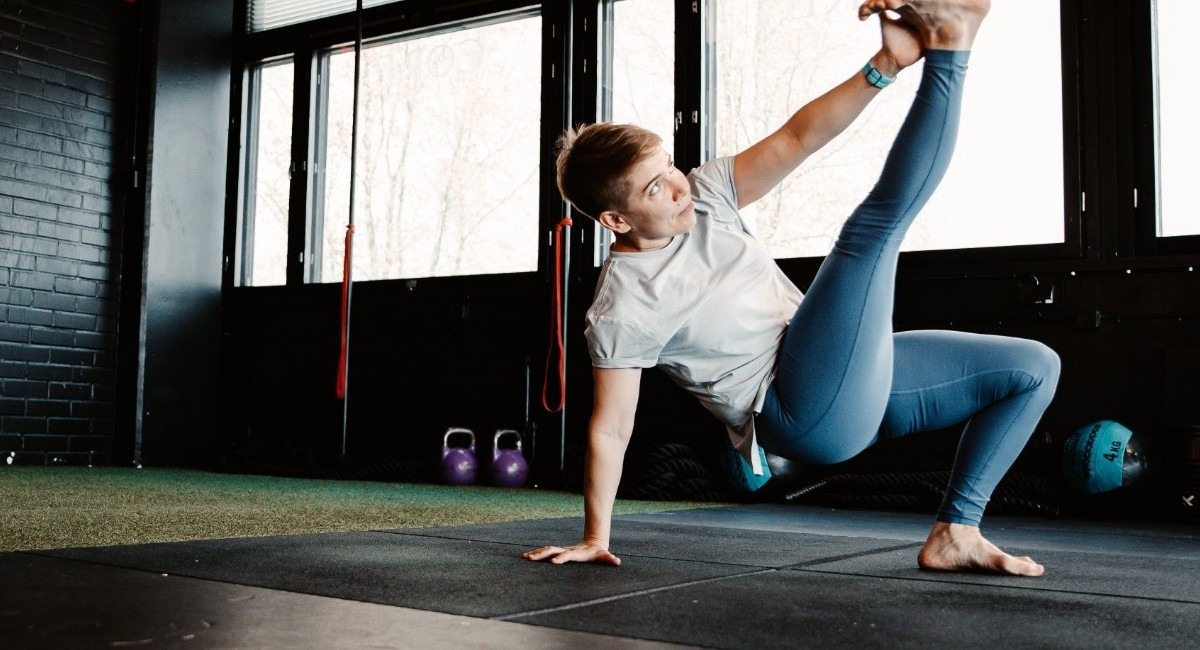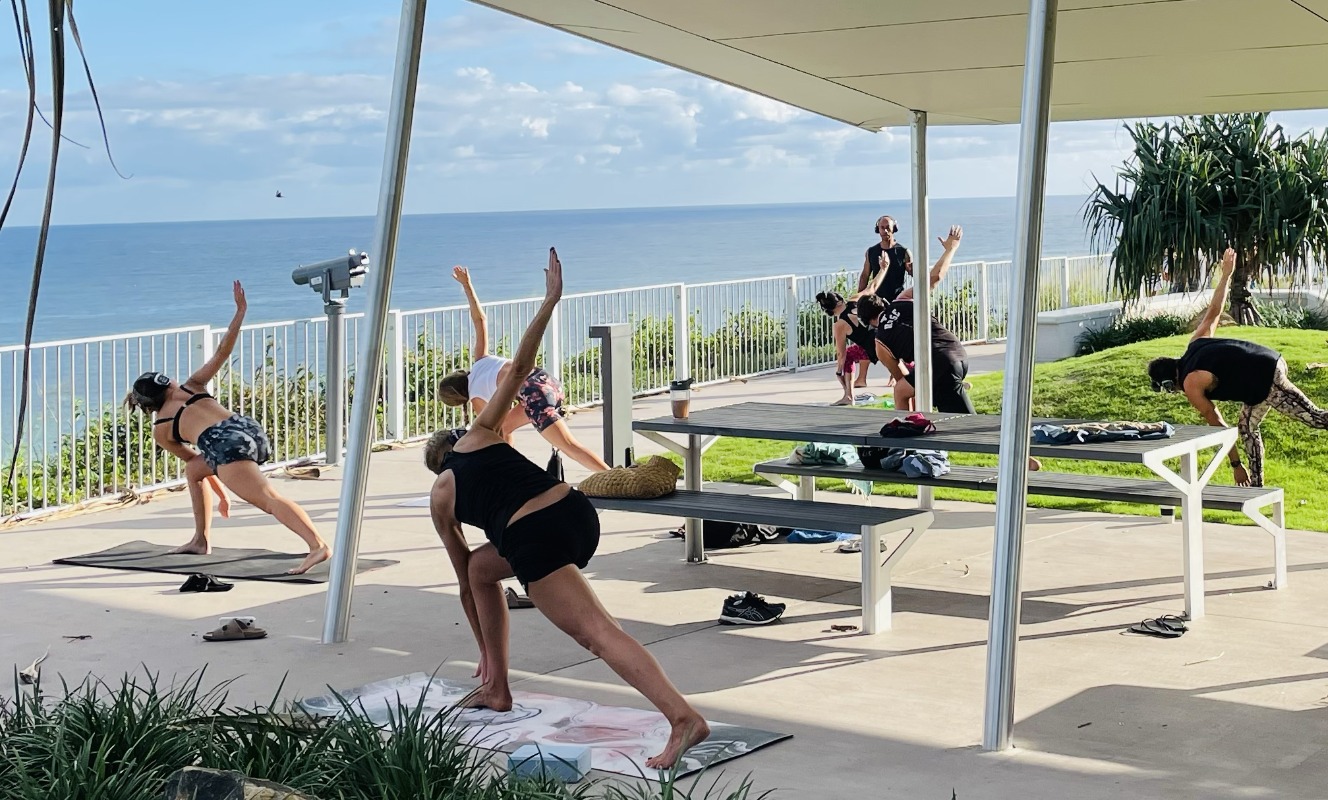
Why Daily Exercise is Crucial for a Child’s Growth
Daily exercise is crucial for a child's growth and development. It offers a wide range of physical, mental, and emotional benefits. By making exercise fun and engaging, you can help children develop healthy habits that will last a lifetime. It's an investment in their future, a gift that will keep on giving
💪 Fitness Guru
18 min read · 4, Feb 2025

Introduction: Planting the Seeds of Health
Daily exercise is absolutely essential for a child's healthy growth and development. It's not just about building strong muscles; it's about nurturing their physical, mental, and emotional well-being. Think of it as planting the seeds for a lifetime of health and happiness.
The Amazing Benefits of Daily Exercise
Oh, the benefits of daily exercise for children are like a treasure chest overflowing with gold! Let me tell you about some of the most precious gems inside:
- Physical Growth and Development: Regular physical activity helps children build strong bones and muscles. It improves their coordination, balance, and flexibility. It's like giving their bodies the building blocks they need to grow tall and strong.
- Healthy Weight Management: Exercise helps children burn calories and maintain a healthy weight. It reduces the risk of childhood obesity and related health problems, like type 2 diabetes and heart disease.
- Improved Cardiovascular Health: Daily exercise strengthens the heart and lungs, improving blood circulation and reducing the risk of heart disease later in life. It's like giving their hearts a workout to keep them strong and healthy.
- Enhanced Immune System: Regular physical activity can boost the immune system, making children less susceptible to illness. It's like creating a shield of protection around their bodies.
- Better Sleep: Exercise can help children fall asleep more easily and sleep more soundly. It's like giving them a lullaby that helps them drift off to dreamland.
- Improved Mood and Mental Health: Physical activity releases endorphins, which have mood-boosting effects. Exercise can help reduce stress, anxiety, and depression in children. It's like sunshine on a cloudy day, brightening their spirits.
- Increased Cognitive Function: Exercise has been shown to improve cognitive function, including memory, attention, and concentration. It's like sharpening their minds so they can learn and grow.
- Boosted Self-Esteem: As children become more physically fit and master new skills, they gain confidence and self-esteem. It's like watching a flower bloom, radiating beauty and strength.
- Social Development: Participating in team sports or other group activities helps children develop social skills, learn teamwork, and build friendships. It's like creating a garden where they can connect with others and grow together.
Making Exercise a Part of Daily Life
Now, how do we make exercise a regular part of a child's daily routine? It's all about making it fun and engaging!
- Make it Playful: Children learn best through play. Encourage them to run, jump, skip, hop, and climb. These simple activities are great forms of exercise. It's like letting them explore the world through movement.
- Limit Screen Time: Too much screen time can lead to a sedentary lifestyle. Set limits on TV viewing, video games, and computer use. It's like reminding them that there's a whole world of fun waiting outside.
- Encourage Outdoor Play: Outdoor play is essential for children's physical and mental health. Encourage them to spend time playing in the park, riding their bikes, or simply exploring nature. It's like letting them breathe in the fresh air and feel the sunshine on their skin.
- Involve the Whole Family: Make exercise a family affair! Go for walks or bike rides together, play sports in the backyard, or dance to music in the living room. It's like creating a team of healthy heroes, working together to achieve their goals.
- Find Activities They Enjoy: Not all children enjoy the same activities. Help them find sports or activities that they truly love. Whether it's swimming, dancing, soccer, or martial arts, the key is to find something that keeps them engaged and motivated. It's like discovering their hidden talents and helping them shine.
- Make it a Routine: Establish a daily routine that includes time for physical activity. This will help children develop healthy habits that will last a lifetime. It's like creating a map that guides them on their journey to a healthy future.
- Be a Role Model: Children learn by observing the adults around them. Make sure you are physically active yourself. Show them that exercise is a fun and important part of your life. It's like being a shining example of what it means to live a healthy life.
Age-Appropriate Activities
It's important to choose activities that are appropriate for a child's age and developmental stage.
- Toddlers (1-3 years): Toddlers are naturally active. Encourage them to crawl, walk, run, and climb. Provide them with safe spaces to explore and play.
- Preschoolers (3-5 years): Preschoolers can participate in more structured activities, such as playing tag, riding tricycles, and dancing.
- School-Aged Children (6-12 years): School-aged children can participate in a variety of sports and activities, including soccer, basketball, baseball, swimming, and gymnastics.
- Teenagers (13-18 years): Teenagers can participate in more intense activities, such as running, weightlifting, and team sports.
Safety Considerations
While exercise is essential, it's also important to take precautions to prevent injuries.
- Warm-up and Cool-down: Always start with a warm-up to prepare the muscles for activity and end with a cool-down to prevent muscle soreness.
- Proper Equipment: Make sure children are using appropriate safety equipment, such as helmets, knee pads, and elbow pads.
- Hydration: Encourage children to drink plenty of water before, during, and after physical activity.
- Supervision: Supervise children closely, especially when they are participating in new activities.
- Listen to Your Body: Teach children to listen to their bodies and take breaks when they need them.
Q&A Section:
Q1: My child is very picky and doesn't want to participate in any sports or activities. What can I do?
Ans: Don't give up! Keep trying different activities until you find something that your child enjoys. You can also try incorporating physical activity into everyday routines, such as walking or biking to school.
Q2: How much exercise is enough for a child?
Ans: The recommended amount of physical activity varies depending on a child's age. In general, children should aim for at least 60 minutes of moderate-to-vigorous physical activity each day.
Q3: What are some fun ways to incorporate exercise into a child's daily routine?
Ans: There are many fun ways to incorporate exercise into a child's daily routine. You can try playing tag, having a dance party, going for a nature walk, or playing catch in the backyard.
Q4: My child has a disability. Can they still participate in exercise?
Ans: Absolutely! There are many adaptive sports and activities available for children with disabilities. Talk to your child's doctor or a physical therapist to find activities that are appropriate for their needs.
Similar Articles
Find more relatable content in similar Articles

The Science of Breathwork: Fitness Beyond Muscles...
Exploring how conscious contro.. Read More

Fitness Lessons from Wild Animals – Move Like Nature Intende..
“Discover how observing wild a.. Read More

Microbiome and Muscle: Gut Health as a Hidden Fitness Tool...
Unlock the hidden potential of.. Read More

The Silent Workout: Fitness Without Any Equipment or Noise...
“Discover the power of silent .. Read More
© 2024 Copyrights by rFitness. All Rights Reserved.